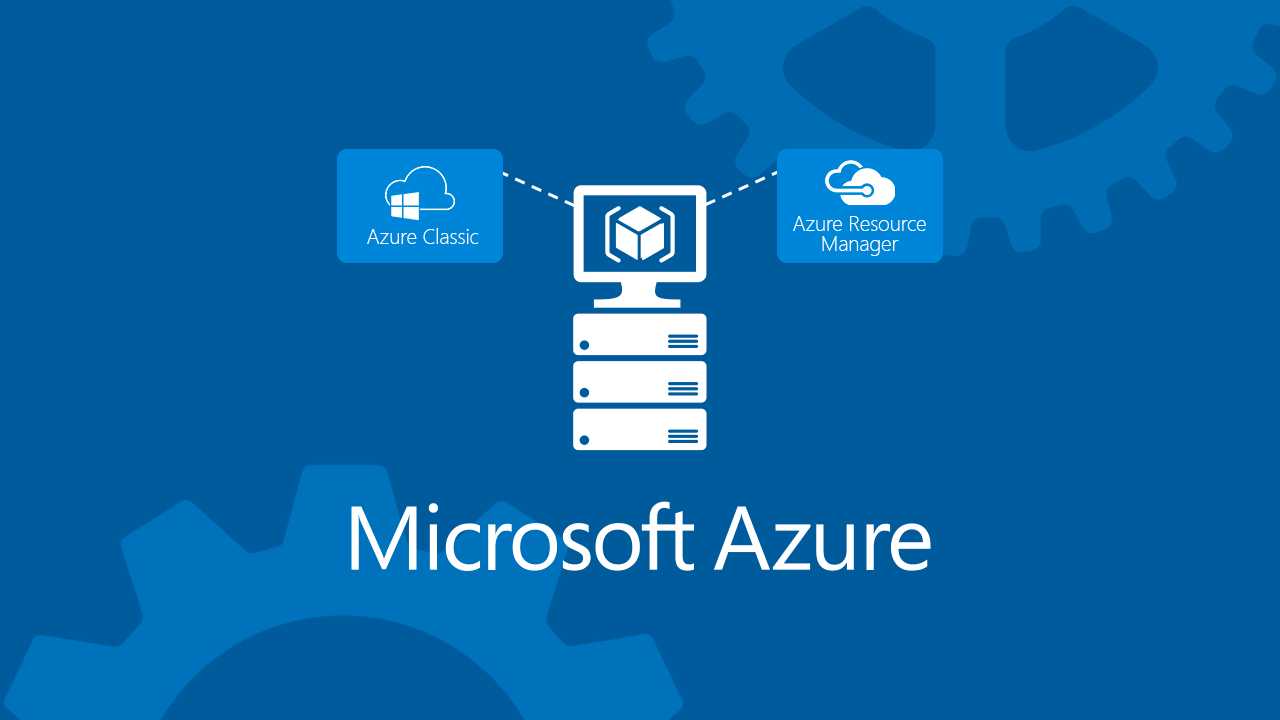If you've been following Microsoft news, there's a good chance you've heard of Microsoft Azure, formerly known as Windows Azure. This cloud computing service is a big part of Microsoft's business, and it competes with similar services from Amazon and Google.
Microsoft Azure is a cloud computing service that operates similarly to Amazon Web Services (AWS) and Google's cloud platform.

By 'cloud computing' we do not mean the vague term often applied to consumer services that store your data on a remote server. We mean actual computing as a service for companies, organisations and even individuals who want to take advantage of it.
Traditionally, businesses and other organisations host their own infrastructure. A business would have its own web server (or mail server or whatever) on its own hardware. If more capacity was needed, the business would have to buy more server hardware. The business would also have to pay someone to administer this equipment and pay for a reliable Internet connection to serve its customers. In addition, there are hosting companies that host your services on some of their hardware in their data centres, for a fee.
Cloud computing works a little differently. Instead of running your own hardware or paying to use certain hardware in someone else's data centre, you simply pay for access to a huge pool of computing resources provided by Microsoft (or Amazon, or Google). This allows you to host web servers, email servers, databases, file storage servers, virtual machines, user directories or whatever else you may need. When you need more computing resources, you don't need to buy physical hardware. "The cloud shares the hardware and automatically assigns work as needed. You pay for as many computing resources as you need, not a specific number of hardware servers in a rack.
The services you deploy in this way can either be public servers available to all, or part of a 'private cloud' that is used only within the organisation.
When you use cloud computing, your initial costs are greatly reduced. You don't have to invest a lot of money in setting up your own data centre, buying hardware for it and paying for staff. There's no risk of overpaying for too much equipment, or buying too little and not having what you need.
Instead, you put everything you need to host it "in the cloud" provided by a service such as Microsoft Azure. You only pay for the computing resources you use. If you need more, it can scale instantly to meet demand. If you need less, you don't pay more than you need.
For this reason, everything from a company's internal email system to public websites and mobile app services are increasingly being hosted on cloud platforms.
The Microsoft Azure website provides a catalogue of hundreds of different services that you can use, including full virtual machines, databases, file storage, backups and services for mobile and web applications.
The service was originally called 'Windows Azure' but has been renamed 'Microsoft Azure' because it can do so much more than just Windows. For example, you can run Windows or Linux virtual machines in Azure - whichever you prefer.
Digging into those hundreds of services, you'll find you can do just about anything. And for anything Azure doesn't offer in a simple service, you can set up a Windows or Linux virtual machine that hosts whatever software you want to use. You can even host a Windows or Linux desktop in the cloud in a virtual machine and connect to it remotely. It's just another way to use remote computing resources.
A lot of what Azure does is not exclusive to Azure. Amazon, Microsoft and Google compete. Amazon Web Services, for example, is the leader in this area, ahead of Microsoft and Google's offerings.
Microsoft also uses Azure to extend Windows in several important ways. Traditionally, organizations that wanted to have a central user directory and management of their PCs needed to run their own Microsoft Active Directory server. Now, in addition to traditional Active Directory software that can be installed on a Windows server, an organisation can use Azure Active Directory.
Azure AD is the same but hosted by Microsoft Azure. This allows organizations to have all of these functions centrally administered without requiring them to host their own Active Directory server (and configuring the often complex infrastructure and access permissions needed to run it remotely).
These services are not identical, but Microsoft is clearly betting that Azure AD is the future. Windows 10 users can join Azure Active Directory via Work Access, and Microsoft's Office 365 service uses Azure Active Directory to authenticate users.
 Waymo Data Scientist interview
04/04/2023
Waymo Data Scientist interview
04/04/2023
 What is intelligent electronic device?
03/04/2023
What is intelligent electronic device?
03/04/2023
 What is standard deviation definition
10/11/2022
What is standard deviation definition
10/11/2022
 What is Power BI and how to use it
10/11/2022
What is Power BI and how to use it
10/11/2022
 What is ITIL 4 Foundation
13/04/2022
What is ITIL 4 Foundation
13/04/2022
 Best laptop for hacking
10/04/2022
Best laptop for hacking
10/04/2022
 Best laptops for podcasting 2022
10/04/2022
Best laptops for podcasting 2022
10/04/2022